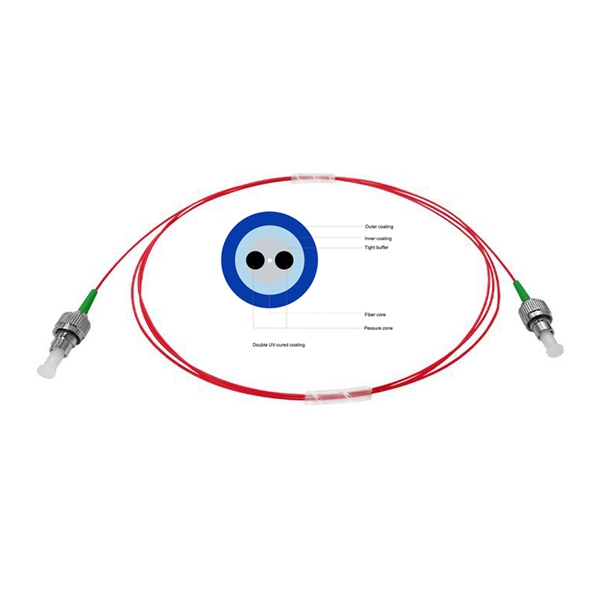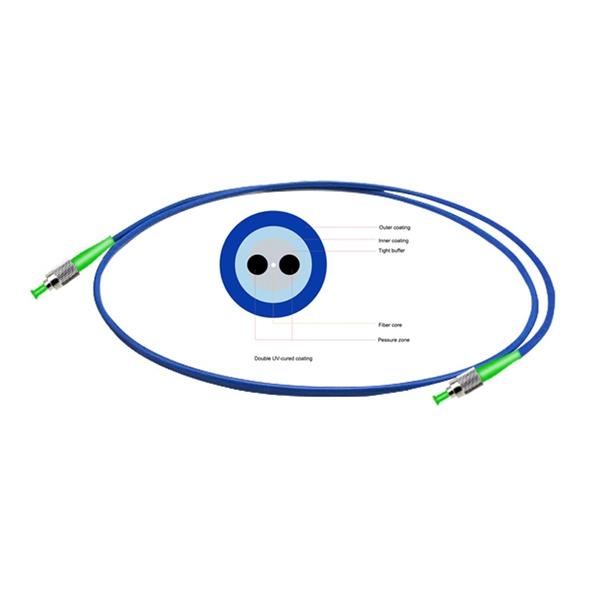The primary reason for using FC fiber connectors in polarization maintaining patch cables is that its design features closely match application requirements:

1. High-precision docking requirements
Polarization maintaining patch cables must strictly maintain polarization state. The FC fiber connector’s threaded locking structure ensures precise alignment of the fiber ferrule, minimizing polarization deviations caused by mechanical vibration or insertion and removal. Its metal material and ceramic ferrule provide greater structural stability, making it suitable for the precise docking requirements of polarization-maintaining fibers.
2. Vibration Resistance and Reliability
FC fiber connectors, secured by a rotating nut, excel in high-vibration environments such as industrial testing and sensing, preventing degradation of the polarization extinction ratio (PER) due to external forces. For example, Thorlabs’ FC/APC polarization maintaining patch cables boast a typical return loss of 60 dB, making them suitable for harsh environments.
3. Compatibility and Industry Standards
Polarization maintaining fiber is commonly used in equipment such as lasers and interferometers. The FC interface is a standard feature of traditional high-precision instruments (such as spectrometers and test equipment), facilitating compatibility with existing systems. Furthermore, the FC/APC (8° polished) endface further reduces reflection loss and enhances polarization-maintaining performance.

4. Limitations of Other Connectors
SC LC connector : Though LC SC connectors are convenient to use, they offer limited vibration resistance and are primarily used in low-vibration environments such as data centers.
ST connector: Gradually phased out due to insufficient precision.
Conclusion
FC to FC fiber optic cable patch cord mechanical strength makes it more suitable for applications requiring high polarization stability, such as fiber optic gyroscopes and quantum communications.

